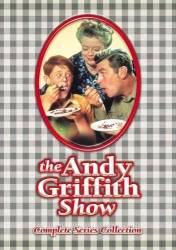
Malcolm at the Crossroads - S6-E3
Continuity mistake: At the start, Andy walks down the street and stops at the church steps to watch Ernest T. being a crossing guard, but when it cuts to the shot of Ernest T. we see the church steps yet Andy's gone, then when it cuts back to Andy he's still standing by the church steps.
Malcolm at the Crossroads - S6-E3
Continuity mistake: When Andy rushes up to Ernest T. and tells him to quit throwing rocks at the car, Ernest T. holds the crossing guard sign with his left hand and points at it with his right hand, but in the closeup it's vice versa. (00:01:00)






Answer: As noted in the previous answers, in real life, things like this provided wind and/or rain deflection, and also maintained a bit of privacy when blinds were raised somewhat. The interior courthouse set was located in the studio, so the "outside" Main Street didn't exist. I believe these things were added to the courthouse windows for practicality, to avoid some crew movement being visible on the opposite side of those windows. These are not "window boxes" to hold anything, as they're actually bottomless; we can see the Venetian blind's long pull cords under them. They're made of plywood and simple to build, so the "material and labor" was inexpensive. Similar variations made of different materials are in other movies/shows. In 1957's "12 Angry Men," textured chicken wire glass panels are in the jury room windows, and in "Jesse Stone: Night Passage" another type is in Jesse's office windows.
Super Grover ★